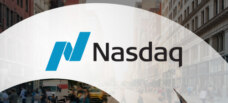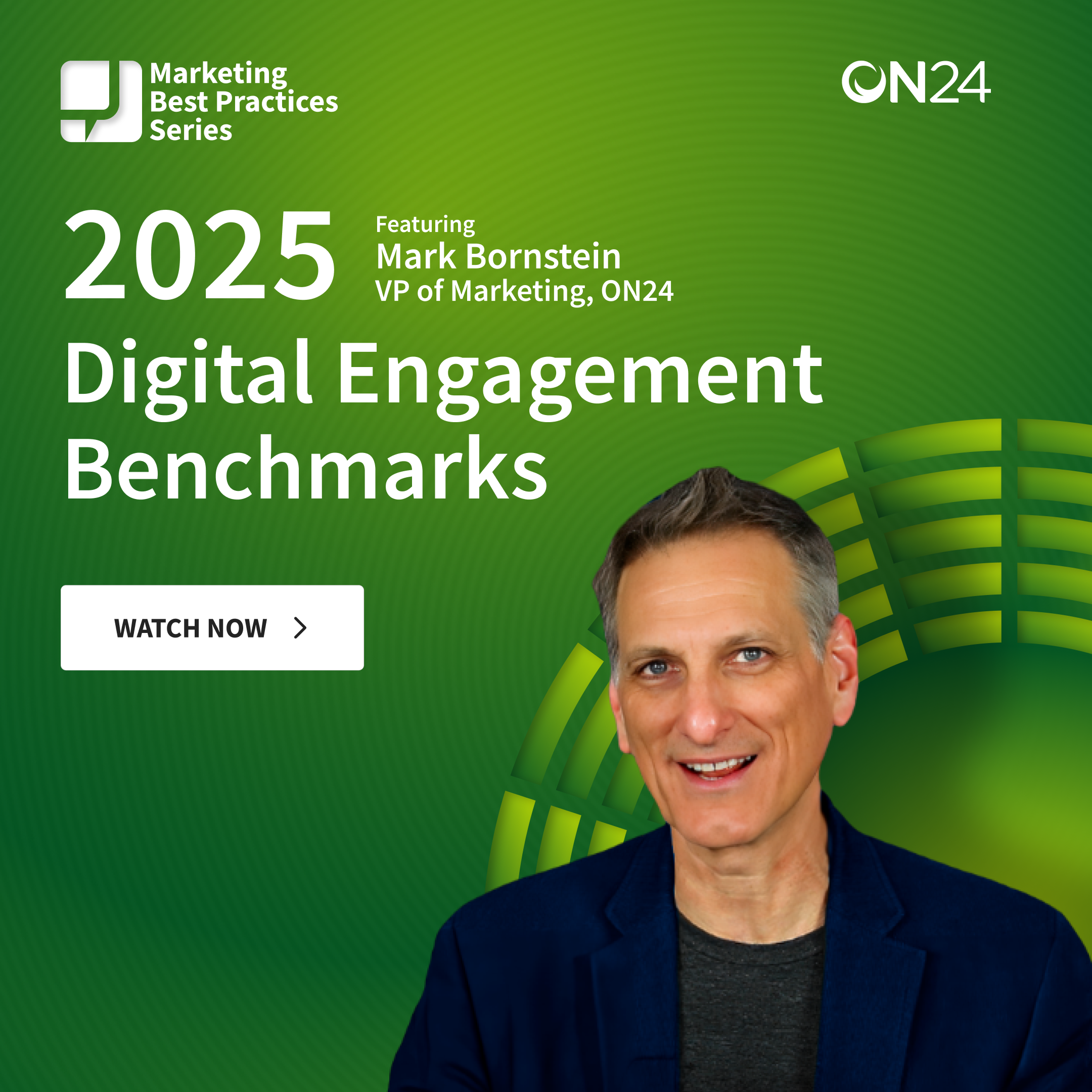Digital trends are changing the way organizations market and sell. When potential customers are more likely to begin their research online, tools such as webinars offer an engaging and cost-effective way to educate people about a product or service.
They are also a great way to identify where customers are in their buying cycle and provide tailored support specific to each customer. Webinars and other digital engagement tools provide you with the why behind a prospects actions. Not only that, but they also give you a roadmap on how to engage them next, since customer engagement drives purchase decisions.
The key, says Daniel Harrison, General Manager Customer Experience, Oracle Digital, is in bringing together marketing and sales to decipher the digital body language.
Making Sense of Digital Body Language

“Understanding what a prospect did at a webinar is very important to share actionable insights to your sales team,” Harrison says.
This is where what is often seen as the flaw of webinars transforms into a strength. It is not uncommon for some 40 to 60 percent of registrants to not attend. Others may leave a few minutes in. The strength lies not only in the highly engaged audience who stay for the duration, but in how the sales team engages with registrants after the event. Different “digital body language” cues require different responses and levels of follow-up.
“A prospect who dropped off early might respond well to an email proposing a different set of more appealing topics, while a highly engaged prospect who asked several questions shows high purchase intent — so a sales rep should follow-up quickly,” Harrison says.
The Digital Engagement Advantage

In the non-digital world, the “one-size-fits-all” process of gathering these insights is highly manual, open to misinterpretation and often not based on the needs of the customer. Oracle Digital has transformed this approach by developing an engagement methodology around the webinar and automating it to drive a personalized experience.
“By analyzing digital body language from webinars, we aim to drive internal efficiency in making sure our sales reps are guided accordingly on the hot opportunities. By running webinars that nurture our audiences in a programmatic manner, we are also looking to shorten sales cycles and improve win rates.”
Enabling Engagement on Digital Channels

For Harrison and his team, it is all about putting customers at the steering wheel.
“We see customers as the real innovators in the Experience Economy,” he says. “They force organizations to disrupt and rethink their product roadmap and go-to-market strategy.
With that in mind, Oracle Digital analyzes clickstream data to shortlist webinar topics and uses the ON24 Intelligent Engagement Platform to ensure the audience is anything but a mere spectator.
“They can ask questions, and use live polls and surveys to provide real-time feedback. It’s particularly important for us to get the digital pulse of our customers so we can proactively connect with them at the right time in their buying cycle.”
The result is the alignment of sales and marketing that marries the quality outcomes of the former with the reach of the latter, creating a feedback loop that is better for everybody — especially the customer.
Other Digital Body Language Clues To Look Out For

Here are some general guidelines on how you can identify and act on a customer’s digital body language:
Multiple visits to your website or content
Prospects who visit your site multiple times are giving you the digital equivalent of window shopping. And that sort of causal reviewing can easily turn into small talk and a sale. Engage these visitors with personalized experiences that guide them with both introductory content and content relevant to their interests.
Above average time spent on your website or content
A visitor lingering on your website may mean they’re engaged with your content. Provide these lurkers with a compelling content offer, like a guide, or e-book or webinar so they can explore your offerings and your perspectives on your area of expertise.
Answering surveys, questions or participating in Q&A
Prospects who actively engage with your content via polls and surveys want to talk to you. They likely understand your offerings more than most, and want specific information on how they can apply your solutions to their specific industry or role.
These people want to buy your solution, but are doing their due diligence and need that final reassurance they’re making the right decision. It’s your job as a marketer to provide information that’s tailored to taking them across the finish line, from prospect to customer.




